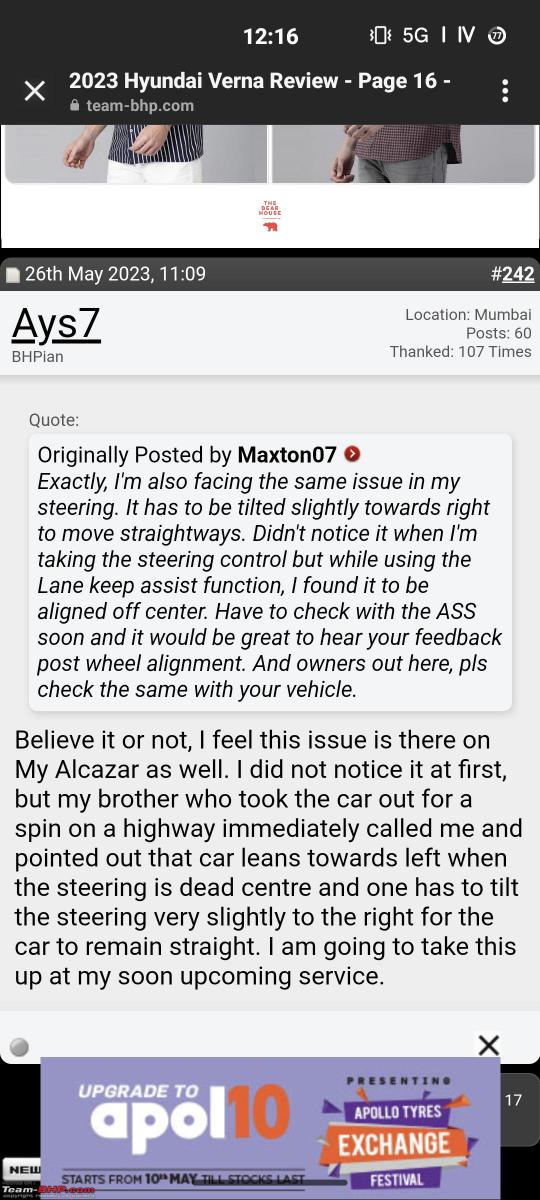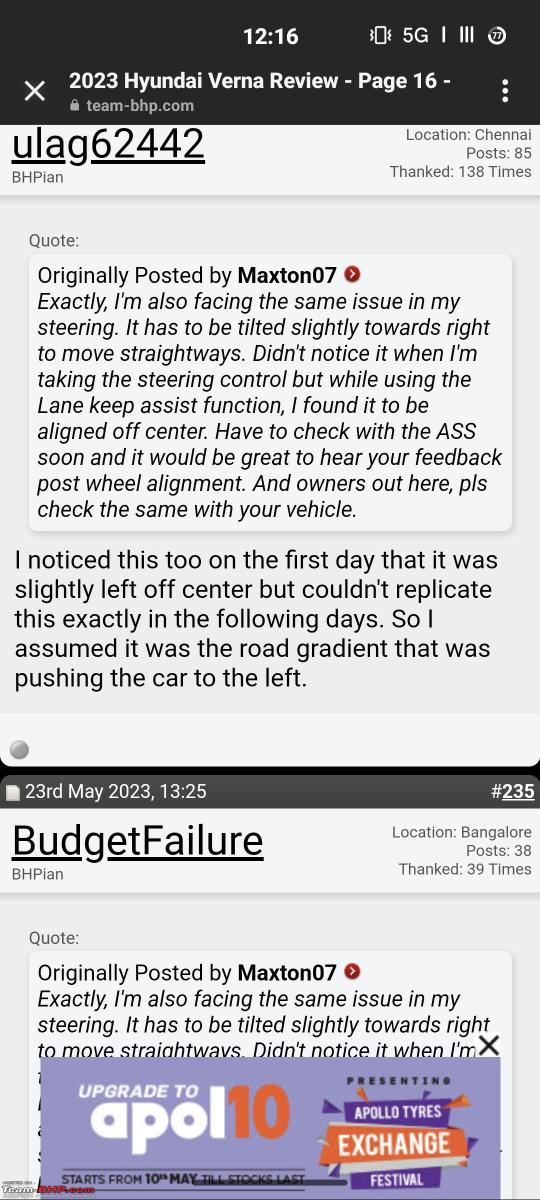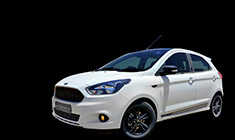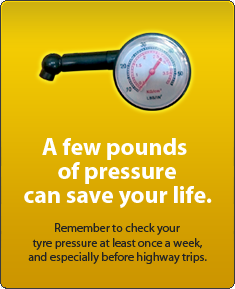News
Why do cars pull to the left?
Could it be because of the road camber or does it has something to do with the vehicle chassis?
BHPian loneagl09 recently shared this with other enthusiasts.
I've read about this issue in disturbingly high cars, across all brands and across the years. To respected members on this forum, I ask - what can be the reason? Is it just the road camber? Something else to do with the chassis? Here are a few pictures from this forum itself:



Here's what BHPian Jaggu had to say about the matter:
It should not ideally but road camber is one of the most obvious reasons that comes to mind as you pointed out. Indian road always has some kind of slant for water drainage or maybe a safety aspect and cars with more direct steering assisted by electric power steering may have a tendency to exaggerate the feeling that one gets while driving.
Only way to check it is to find that straight and flat stretch and drive.
Sometimes surface also matters, since most of the wider roads are asphalted not in one single line but as parallel multiple lines. The fine difference in consistency can also create such issues. Something I have noticed.
Here's what BHPian apocalypse had to say about the matter:
This issue drove me nuts on my Corolla Altis. Perhaps it was happening for a while, but it came to my notice after installing brand-new tyres and getting wheel alignment / balancing done. I got the alignment double-checked because I was on good terms with the shop.
I called my go-to expert at Motorheads ECR Chennai and asked her - she said it's the road.
This is what I did to validate:
- Found an isolated stretch of private road near my house - no divider, no thoroughfare.
- Drove the car forwards - I found it pulling to the left. Drove it backwards on the same stretch in the wrong way.
- And voila! The wheel pulled to the right this time! Then when I drove on the left half of the road, it again pulled to the left.
It made me feel better that my Corolla Altis is straight, not pulling to either side. I'm also able to see that on flat roads, like some highways, it pulls straight.
Hope this helps someone who is facing the same due to road camber alleviate their concern.
Here's what BHPian Kosfactor had to say about the matter:
There are several factors that may contribute to this problem in newer cars.
- OEMs do not have the time to get the alignment just right rather than satisfactory from the factory, I know how difficult it is to get it just right certainly no factory can afford that effort or time. So why wasn't this a problem earlier?
- Tyres have changed. The profiles have become lower, not much side wall unlike how it was earlier. There are also tread patterns that are good at many things except that they do not wear well if the alignment is even slightly off, in other words, tyres are very sensitive to alignment now.
- Tyres widths have increased, wider, lower profile tyres which have a tread pattern that is more traction / performance oriented will certainly tend to tramline.
In my opinion, this is a possible solution, it worked for me at least.
Take a new vehicle straight to the alignment shop, take the time to get it just right and do tyre rotations regularly as recommended.
Here's what BHPian zeng had to say about the matter:
It is not about road cambers.
Why is that so?
Because the pulling left phenomenon (on roads built in commonwealth countries) is not overwhelmingly dominant and prevalent vs the scenario of those pulling right.
Imho, it's about chassis geometry aka wheel alignment details.
My hunch is the phenomenon of a vehicle pulling/drifting to one side (be it to the left OR right) is more prevalent among vehicles (including brand-new units from respective OEM factories) without the capacity for camber and caster adjustability.
Check out BHPian comments for more insights and information.


















